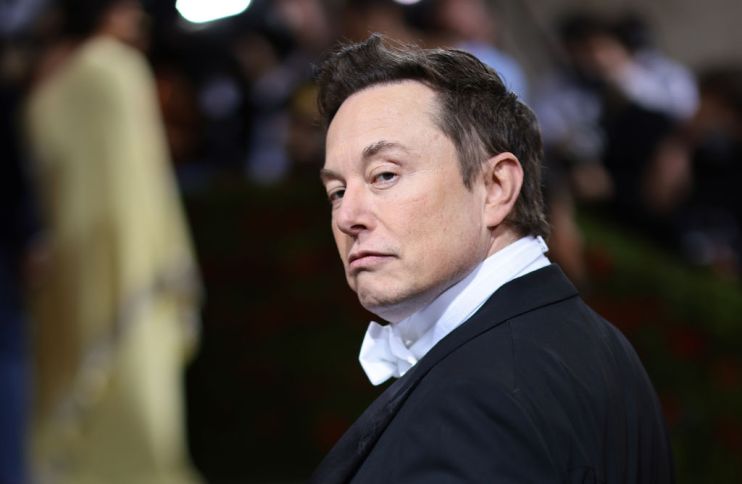Musk becomes sole Twitter director after dissolving board

Elon Musk has dissolved the board of Twitter and appointed himself sole director of the firm as he pushes ahead with a major restructuring plan that could see a quarter of staff laid off.
The world’s richest man closed his $44bn takeover of the social media platform at the end of last week after months of wrangling in which he threatened to walk away from the deal several times.
Musk promptly sacked three of Twitter’s top chiefs including CEO Parag Agrawal and finance boss Ned Segal and is now eyeing a clear-out of staff.
A regulatory filing to the US Securities and Exchange Commission today showed that Musk had now dissolved the firm’s board and assumed the role of director.
“On October 27, 2022, and as a result of the consummation of the Merger, Mr. Musk became the sole director of Twitter,” the filing said.
“In accordance with the terms of the Merger Agreement, effective as of the effective time of the Merger, the following persons, who were directors of Twitter prior to the effective time of the Merger, are no longer directors of Twitter: Bret Taylor, Parag Agrawal, Omid Kordestani, David Rosenblatt, Martha Lane Fox, Patrick Pichette, Egon Durban, Fei-Fei Li and Mimi Alemayehou.”
Musk is now reportedly set to roll out a hefty round of job cuts to streamline the company. Around 25 per cent of staff could be in the firing line, the Washington Post reported today, citing a person familiar with the matter.
The social media giant had around 7,000 staff at the end of 2021, meaning that nearly 2,000 employees could be dismissed under the plans.
US lawyer and Musk-ally Alex Spiro has been managing a number of teams at the firm and has been leading conversations around layoffs, according to the newspaper.
The jobs overhaul come amid a flurry of changes by Musk who is looking to strip out costs from the firm and reportedly loosen content moderation restrictions.
The Tesla founder indicated over the weekend he was mulling splitting the sites into different “versions” where users could decide whether to see more harmful content, while the site’s ‘blue ticks’ could be revamped, with users forced to pay for their verified status.